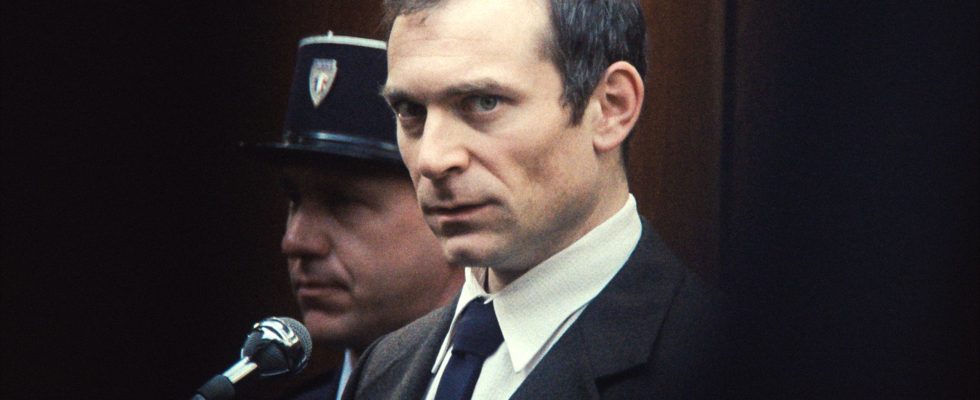On December 16, 1969, when the shots broke out in the pharmacy at 6, boulevard Richard-Lenoir, very close to the Bastille, my little sister Elisa, aged 7, lived with her mother at 2, rue de la Roquette, Bastille’s Place. They did not hear the gunshots which cost the lives of Simone Delaunay, 47 years old, and Jeanne Aubert, 26 years old, it was too far away. Four months later, on April 8, 1970, Pierre Goldman, 25, was arrested by the police who suspected him of being the author of the killing.
It is not for this geographical proximity between the home of my little sister and her mother and the pharmacy where they happened to go – or perhaps yes, a little for that, the retrospective fear – but above all for our intellectual proximity to the Obscure memories of a Polish Jew born in France (Seuil, 1975), by Pierre Goldman, son of a resistance fighter, extreme rebel, unclassifiable, and because it was our time, when we were young and revolutionaries by heritage, it is for all that that by leaving the film of Cedric Kahn, The Goldman Trial, I called Elisa on the phone to tell her, straight away, how much I loved this film “because it does justice to all the truths” and my little sister knows very well what I mean by “truths”: they do not tell the real, not even by overlapping, they are only expressions of the desire to apprehend the real.
I hadn’t finished talking to her about the film when she reminded me of a fact that I had forgotten, or never knew: she attended the trial of Pierre Goldman, with her mother. It was December 9, 1974. She was therefore 12 years old. Considering her too young to attend the verdict, her mother dragged her out of the courthouse where she remembers seeing Frédéric Pottecher commenting on the case live for Europe No. 1, while waiting for the result which was then beyond doubt.
When I ask her what memory she has of Goldman, she tells me: “He was white”, that’s what impressed her the most: Goldman’s livid face, from one end of the trial to the other.
Acquitted with the benefit of the doubt
Goldman was sentenced to life in prison, which revolted all the revolutionaries, from Jean-Paul Sartre to Serge July, scandalized most people on the left, from Pierre Mendès France to Simone Signoret, and saddened some of the others, from Françoise Giroud to the secretary of the Elysée then occupied by Giscard. All these brave people believed that given the results of the investigation, the fragility of the testimonies and the errors, not to mention the manipulations of the police, Goldman should have been acquitted. This is what he obtained two years later, during the second trial, not on appeal, because at the time there was no possibility of appealing a court verdict. , but by the timely discovery of a formal defect: a date missing from the minutes of the debates. This “reversal of jurisprudence” was supported by a press campaign such as the left knew how to carry out at that time: it achieved the feat of making Goldman appear to be a victim of “class justice”.
Acquitted with the benefit of the doubt, this doubt was not going to benefit the reputation of the acquitted person who, barely out of prison, adding suspicion to doubt, published The Ordinary Misadventure of Archibald Rapoport, a sort of autofiction where Goldman recounts his successive assassinations: a lawyer, two magistrates and four police officers. It is said that this work led to his being assassinated in the street two years later. Act claimed by a mysterious organization, Honor of the Police, which did not honor the police.
In Memory of a perjurer, Joël Lautric, a key defense witness, confesses to lying when he said that Goldman was at home at the time of the crimes. Suspicion is covered with shame. When I told Elisa that Cédric Kahn’s film had convinced me of Goldman’s guilt, there was a blank. The same color as the defendant’s face during his trial.
